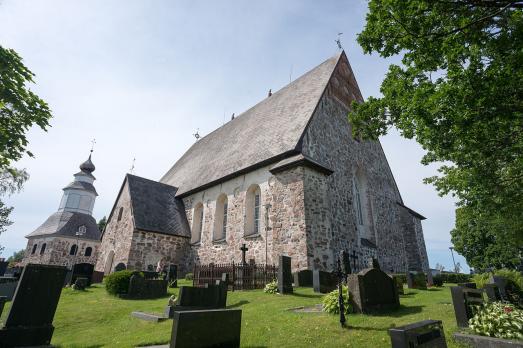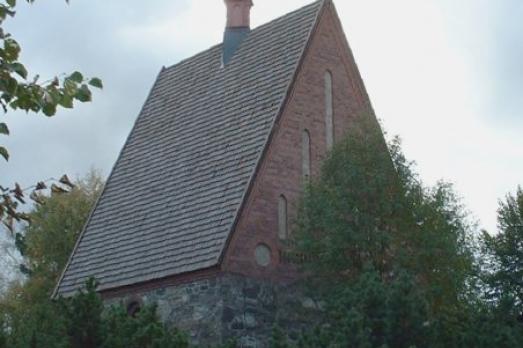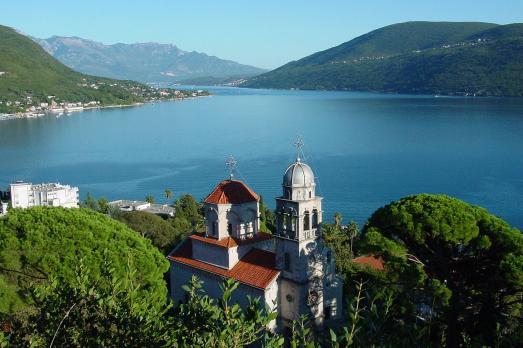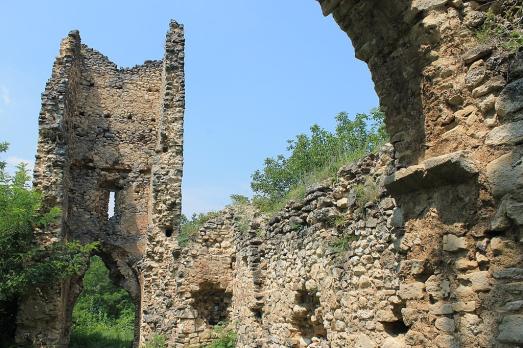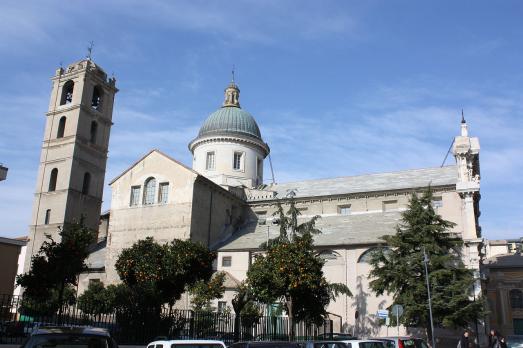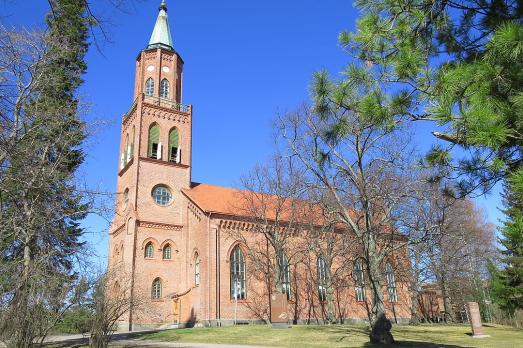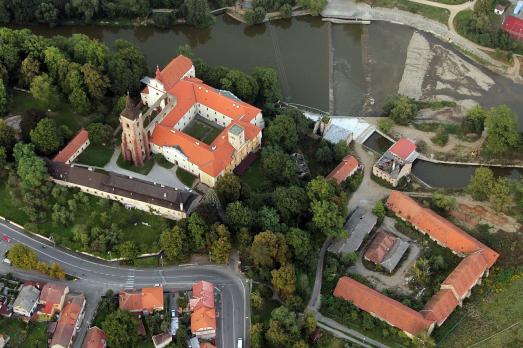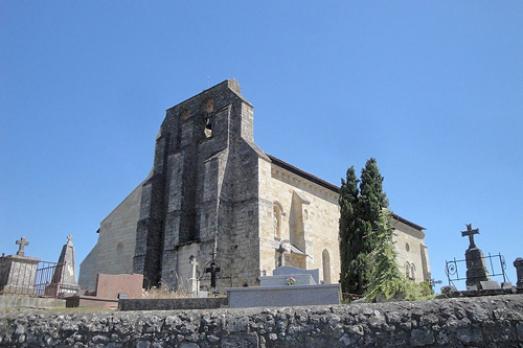
Sauve-Majeure Abbey
La Sauve, FR
A masterpiece of Romanesque art from the 12th century, this former Benedictine abbey was an active and recognised religious centre. The ensemble that remains of it offers admirable capitals where biblical representations stand next to monsters from the depths of time or from the far east. From the top of its bell tower, there is an impressive view of the village and the landscape. The visit of the monument ends with the discovery of the lapidary museum which presents a collection of sculpted stones (capitals, modillions, keystones) found during the restoration campaigns.
